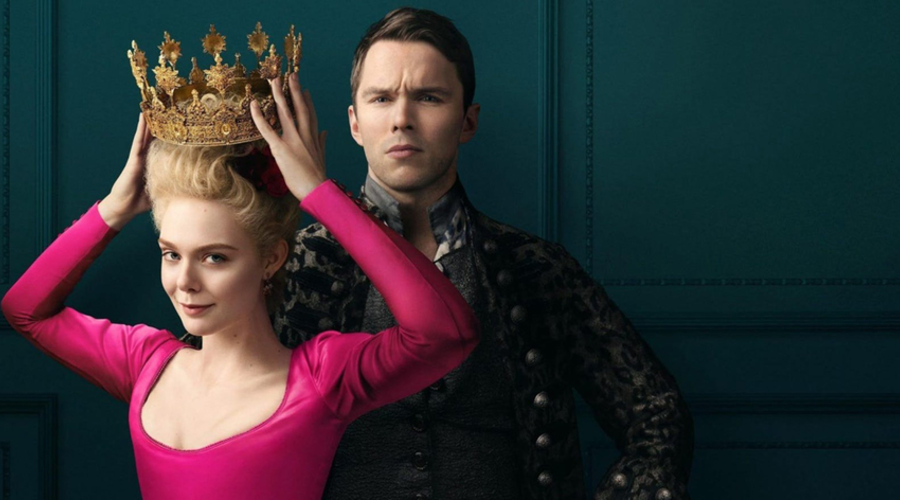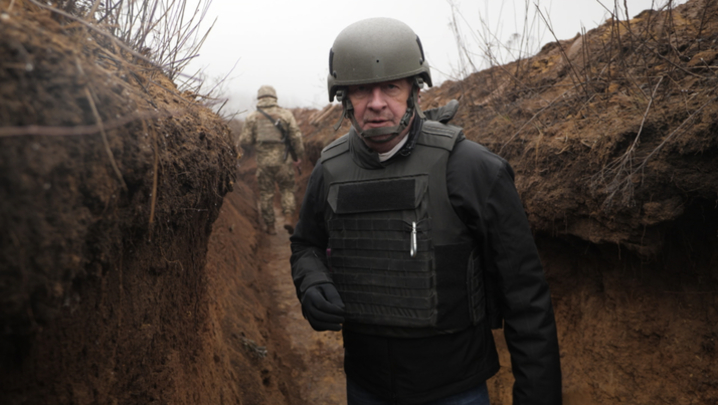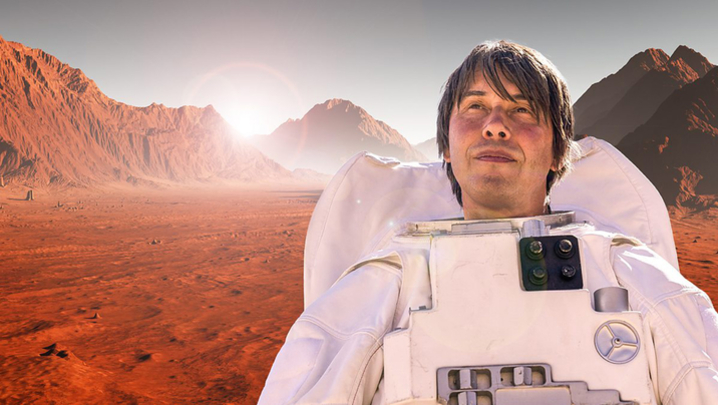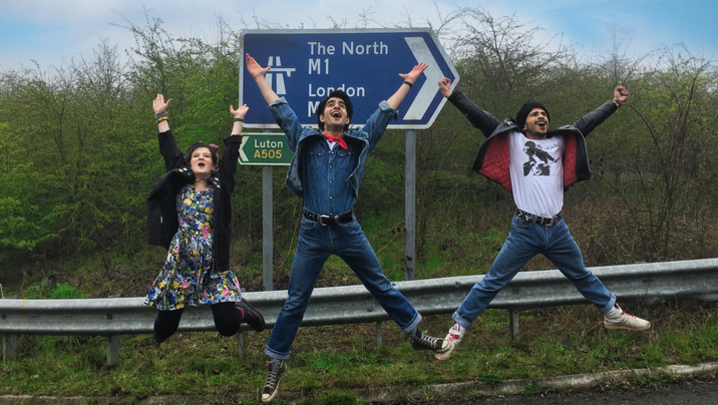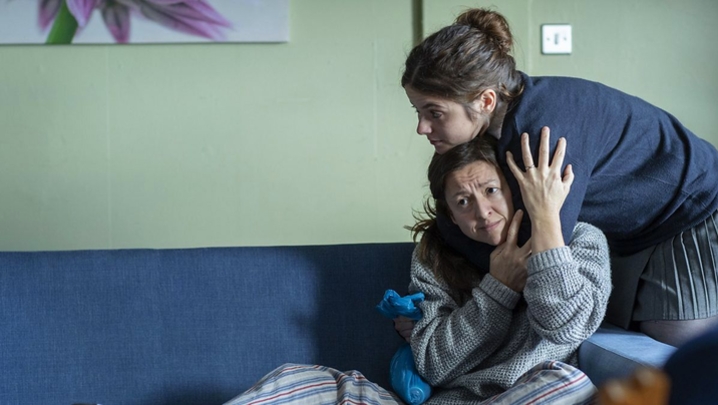As a movement director, Polly Bennett has carved out a niche recreating famous figures in productions such as Bohemian Rhapsody, Stan & Ollie and The Crown. But the remit of the role is very broad.
As a movement director, Polly Bennett has carved out a niche recreating famous figures in productions such as Bohemian Rhapsody, Stan & Ollie and The Crown. But the remit of the role is very broad.
What does the job involve?
Movement directors create and build physical sequences, and help actors to find a vocabulary of physical behaviour to tell a story. All movement directors work differently but my television and film work has largely developed around embodying well-known people, such the Royal Family in The Crown or Elvis Presley in Baz Luhrmann’s upcoming biopic. Working on the physical world of these characters can extend into choreography. It’s a role that evolves with every job.
How did you first become a movement director?
As a young dancer and actor, I often led physical warm-ups and became the person who would say, “Wouldn’t it be better if we tried this?”
After university, I took a job behind the scenes in television production, but ended up helping a model who was struggling to walk in time to music.
I knew then that my ability to describe movement was something to pursue, so I did an MA in movement, which led to me joining the choreography team of the London 2012 Olympics ceremonies. I developed my skill set in theatre, and now here I am.
How much does movement direction overlap with choreography?
They’re part of the same world. While choreography is exclusively about dance and setting steps, movement direction uses those and more tools to give a greater range of possibilities for actors.
How has the job changed over time?
Movement roles have been around in theatre since the beginning of the 20th century, whether they were known as musical stagers, dance répétiteurs, choreographers or movement directors. But they haven’t always been acknowledged. The field is now growing and there’s a greater understanding of the value of movement in a TV or film process. That means there’s more opportunity to do great work.
What was the first TV programme you worked on?
I worked on the film Stan & Ollie first and, during Bohemian Rhapsody, I was put up for Killing Eve. I worked on a scene in the first series with Jodie Comer, when she had to do a Russian dance as a way of spoofing her boss. Those projects, involving both movement and choreography, opened the door for me to work on The Crown, which was the first time I worked on a full television series.
What type of programmes benefit from having a movement director?
All programmes would. It’s easy to think it’s just about reimagining famous people, but a story is far more than words on a page: 95% of our communication is physical, so movement work can help invent characters, as well as feed into bold or nuanced choices.
Which departments do you work with closely?
On a TV programme such as The Great, I collaborated especially with stunts, costume, the camera operators and casting, as well as the directors. I went to each department for physical information. Can people lift their arms in those dresses? How much blood will there be? What do you want the dance to feel like? I then fuse the information together to make the physical part of the puzzle with the actors.
What makes a good movement director?
Curiosity. I try not to decide what something is before I start work. Asking questions helps kick off an idea and enables the actors to follow an impulse. The work is best when actors feel ownership of their part, rather than just doing what they are told.
Does it help to be a dancer?
I don’t think you need to have a dance background but my personal understanding of technique, music and rhythm from my dance training has formed the base of a lot of my work. I know lots of choreographers who aren’t dancers, though – they are choreographers of feelings and ideas.
What common movement issues have you found?
Especially now, when we are looking at a lot of screens, there’s a real potential to not be as in tune with our bodies as the animals that we originally were. So I see a lot of restraint and notice a lot of fear when people are asked to use their body. There’s a lot of thinking rather than doing. My job involves enabling actors to trust that their bodies will make the right decisions.
Do you use any equipment?
The body is my only prop. Of course, I work with props if there’s something specific in the scene, like a microphone, hooped skirts or a table. But I predominantly work by looking at the people I’ve got in the room and go from there.
What are the best and worst parts of the job?
Because it’s a relatively new role in TV and film, sometimes it feels like I have to explain what I need to do my job, or I have to fight to be treated similarly to other creative people on the team. I haven’t been credited on two jobs recently. That’s not necessarily the worst part of the job – it’s a challenge as the job comes into focus.
The best part of the job is when you see an actor or a scene come to life in front of you from a physical stimulus you’ve given. Another bonus is wearing elasticated clothing all the time.
Are there any tips or tricks you can share?
Move. Pick a song, put down your phone and move. You can get a real sense of where your body wants to go if you settle into your feet. It helps to put your feet on the floor, push your big toes into the ground to help your back fall into the right place, and align your hips. I think this works as an initial exercise for actors, but it’s helpful for everyone. Release yourself from presentation and get ugly. It’s where the good stories are.
Movement director Polly Bennett was interviewed by Shilpa Ganatra.

